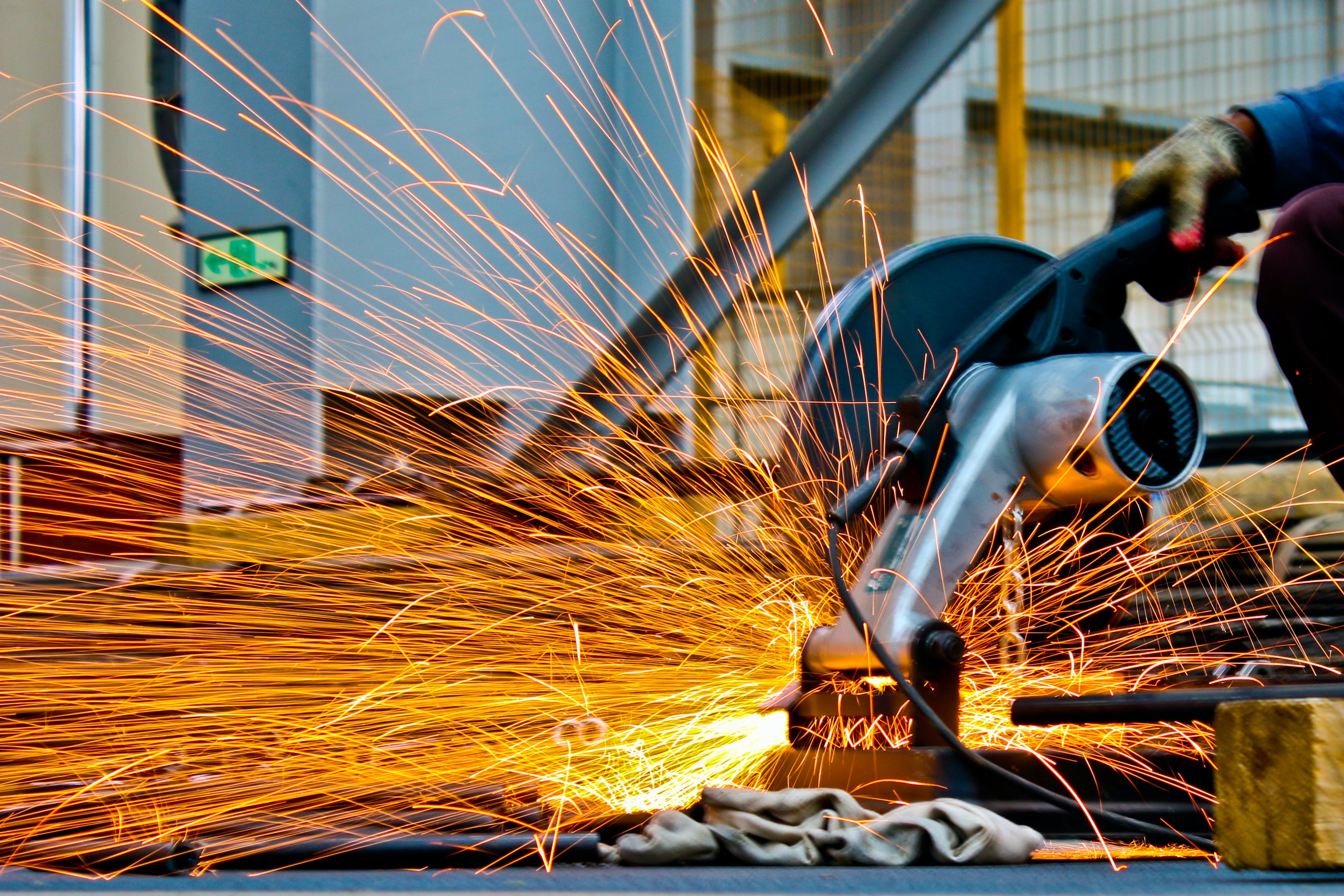PVA (Polyvinyl alcohol) is a versatile polymer known for its excellent water solubility. The dissolution of PVA is a crucial step in various applications, such as film production, adhesives, and textile processing. When immersed in water, PVA undergoes the hydration process, forming a gel-like structure. As water molecules penetrate the PVA polymer chains, hydrogen bonding occurs, leading to the separation of polymer chains and subsequent dissolution.
 Temperature plays a significant role in the PVA dissolution process. Higher temperatures generally accelerate the dissolution rate due to increased molecular motion and higher kinetic energy. However, excessively high temperatures can lead to the degradation of PVA, affecting its performance. It is recommended to maintain the temperature within a suitable range for optimal dissolution without compromising the integrity of the polymer. Elephchem can provide polyvinyl alcohol in different mesh sizes.
Temperature plays a significant role in the PVA dissolution process. Higher temperatures generally accelerate the dissolution rate due to increased molecular motion and higher kinetic energy. However, excessively high temperatures can lead to the degradation of PVA, affecting its performance. It is recommended to maintain the temperature within a suitable range for optimal dissolution without compromising the integrity of the polymer. Elephchem can provide polyvinyl alcohol in different mesh sizes.
The particle size of PVA particles also influences the dissolution rate. Finer particles have a larger surface area, allowing for faster water penetration and molecular interaction. In comparison, larger particles have a smaller surface area, resulting in slower dissolution rates. For instance, PVA with 12-mesh, 25-mesh, and 80-mesh particle sizes will exhibit varying dissolution rates, with finer particles dissolving more rapidly.
Stirring plays a crucial role in enhancing the PVA dissolution process. When the water and PVA mixture is stirred, it increases the surface contact area between the polymer and the solvent, facilitating faster dissolution. Agitation also helps in preventing the formation of lumps or clumps, ensuring uniform dissolution throughout the solution. Proper stirring techniques and equipment can significantly improve the dissolution efficiency.
Apart from temperature, particle size, and stirring, several other factors can affect the PVA dissolution process. These factors include the concentration of PVA in the solution, pH levels, presence of impurities, and the compatibility of additives. It is important to consider these variables and optimize the dissolution conditions accordingly for specific applications. Please refers to "PVA dissolution methods"
The dissolution process of PVA is influenced by multiple factors, including temperature, particle size, stirring, and various environmental parameters. Understanding these factors is crucial when working with PVA to achieve desirable dissolution rates and ensure optimal performance in different applications. As an environmentally friendly and water-soluble polymer, PVA offers a wide range of application opportunities, from packaging films to adhesives, textiles, and more. Its versatility and potential for sustainable solutions make it a promising material for various industries worldwide.
Website: www.elephchem.com
Whatsapp: (+)86 13851435272
E-mail: admin@elephchem.com
ElephChem Holding Limited, professional market expert in Polyvinyl Alcohol(PVA) and Vinyl Acetate–ethylene Copolymer Emulsion(VAE) with strong recognition and excellent plant facilities of international standards.
